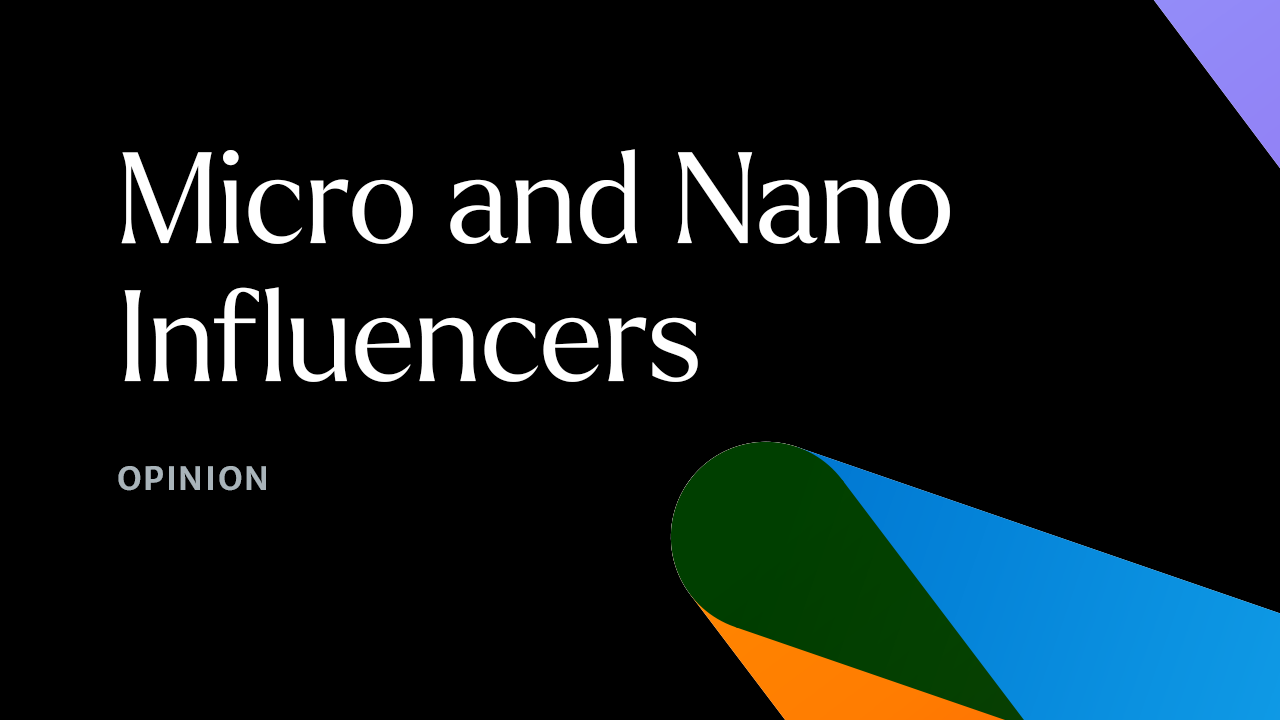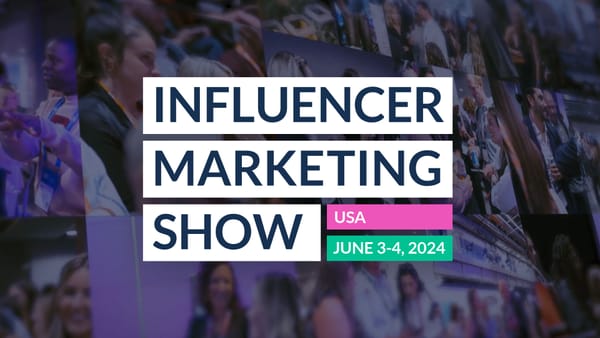Influencers have been taking over the (social) world one sponsored post at a time. The phenomenon began in 2009, with the likes of Zoella, Alfie Deyes and Tanya Burr turning a hobby on YouTube into full-fledged careers.
Since then, brands have relied on Influencers to sell their products, push their brand and give credibility. However, with everyone tightening budgets in the current cost of living, brand partnership trends are increasingly leaning towards nano and micro-Influencers tie-ups – creating a shift from big pay, ‘fame’ campaigns, to more relevant, ‘findable’ campaigns for your brand. But is there a worry that micro-influencers aren’t the best return on investment? Well actually, it can be quite the opposite, if done right…
The year of nano and micro-influencers
Nano and micro-influencers are classed as influencers with a following anywhere between 10K – 100K. While they don’t have as big an audience pool as the wider known influencers, they have incredibly niche, more engaged communities. A 2019 survey found that 49.3% of people had made a purchase based upon an influencer’s recommendation and that 44.2% of respondents generally trust the recommendations from influencers.
With the nano and micro names, their audiences are more likely to trust them, as they come across as more authentic, not just saturating feeds with whatever paid partnership they’ve got big bucks for. Authenticity on social media has become a growing influencer marketing trend, so focusing on creators who foster real relationships with their community, will actually help boost your engagement.
How audiences want to engage with influencers
These days it’s not about always throwing money at the big-time ‘fame’ campaigns. To zone in on audience targeting, influencer campaigns need to be relatable and relevant.
Your followers want to feel a sense of community on your platform, and who better than an influencer they already know, and who fits with your key messages? Working with influencers your audience is familiar with will also put a ‘human face’ to your brand, making a change from followers staring at logos or product shots.
It’s not one size fits all
Your budget will stretch further if you use more nano and micro-influencers. That’s a no-brainer.
Having a collective, as such, working for your brand will mean you’re appealing to different (but brand-relevant) audience sets. Having a set of influencers who discuss different themes on their platforms will also ensure you tap into your target audience’s daily interests.
The way people use and consume information is different across all platforms, so there may be a pool of influencers who can have bigger impacts on certain platforms. As audiences we tend to scroll and flick through social media channels, so to ensure you’re seen everywhere, the brand partnership brief should go beyond just a post on Insta. It keeps your campaign on people’s minds, making you more findable across all platforms.
Those interest verticals are not a one-size-fits-all either, so multiple influencers are more likely to relate to your broader audience, for example, if you’re a homeware brand, you might have a band of first-time buyers, but also a band of more experienced homeowners, and these categories may not relate to the same one influencer.
Can we finally say goodbye to the big-buck budgets?
It’s no secret that not investing in influencer marketing is an epic fail, in this day and age. But you don’t have to panic and go for the big buck campaigns with the big buck faces. *Sigh of relief.*
Really knowing who your audience is and what they like will lead you towards nano and micro-influencers who resonate the most with the people who consume your content and who they really do engage with.
Plus, if you’re not sure how to find these influencers, working with a shit-hot Digi PR agency can help you find the perfect pairing… Just bear in mind that this would cut into your marketing budget.
So, while there is no denying that there are stressful times ahead, it’s important to remember that keeping your brand awareness afloat is imperative during these times, and keeping money aside for marketing is key. But before you start pulling influencers from this plan, take a breath and look a little smaller, you might realise it actually makes your results bigger.









